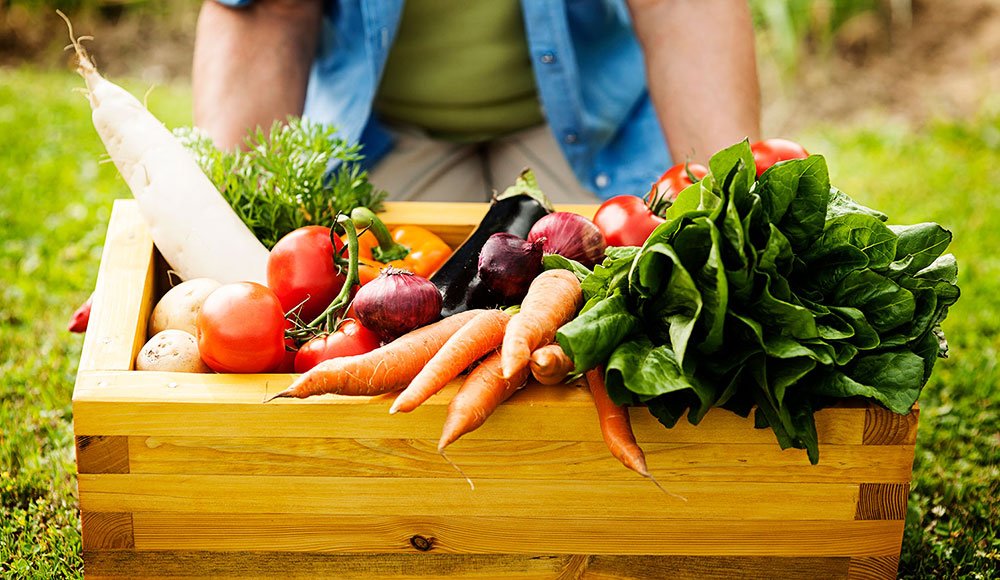Enter your email address to receive your most popular Blog of the Day


Role of Vastu for Bedroom and Tips That You Mu...



It’s no secret that parents are growing increasingly...



No vastu for home is complete without Kitchen vastu....



For most of us daily life is full and busy. And all...




































https://www.tm.org/blog/news/a-universal-way-to-get-...





















Since the turn of the 21st century, Dubai has rocket...



If you are novice with gardening and tend to kill ea...



A metaverse is a virtual reality world with which us...



I love grain bowls and this one is perfect for winte...



A super fresh, super summery Lemon Herb Pasta Salad!...



Nothing compares to home-grown vegetables. When you...



Vegetable gardens are no longer just a thing for far...

Pets Club is a social or community group...
: 21 November, 2025

Books are important for the mind, heart,...
: 08 December, 2025

This area is dedicated to our young star...
: 08 December, 2025

Physical fitness is a state of health an...
: 08 December, 2025



More info Dubai Frame is an unparalleled structure that looks exactly like a picture frame buildi...


More info They say if you haven't been to At The Top Burj Khalifa, you haven't been to Du...


More info A Tour of An Icon Seize the unique chance of getting inside Burj Al Arab. Join an ex...


Dubai Garden Glow: The Dinosaur Park, The Glow Garden and The Art Park Dubai Garden Glow + Ma...